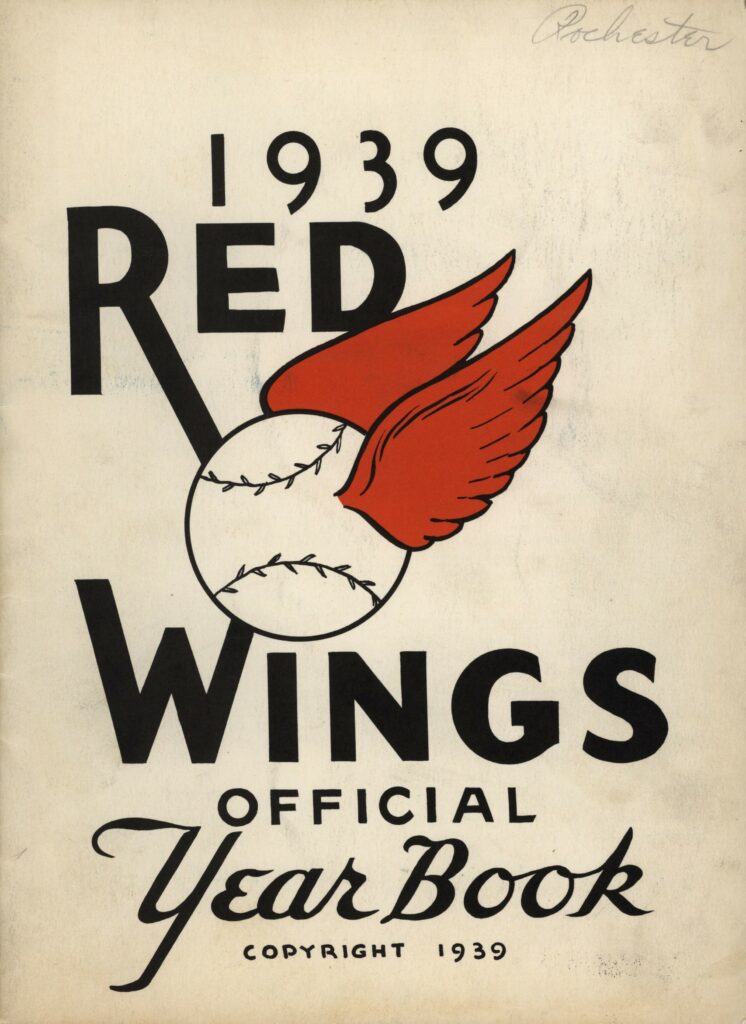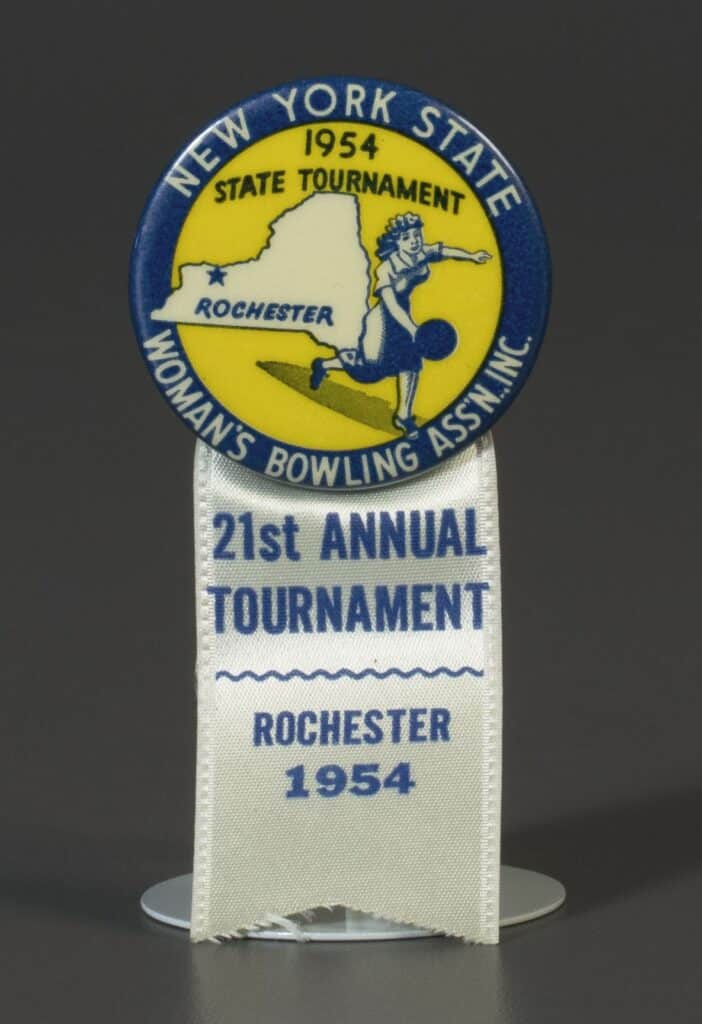
As part of an ongoing museum project, I am digging into archives to locate the history of Rochester at Play. As someone relatively new to New York and Rochester—where The Strong calls home—I am connecting more deeply to the city as I learn how and where people played historically. Rochester locals graciously share stories about sledding hills and the old play spaces unfortunately swallowed up by construction. City historians and archivists steer me to resources that spotlight the fun tales of festivals, games, sports tournaments, and those documents that show how play or its absence reveal stories of inequality such as planned downtown playgrounds that never materialized.
Some stories reveal the ebb and flow of certain play’s popularity and longevity. For instance, Rochester attracted cycling champions and clubs in the 19th and early 20th centuries as a significant U.S. bicycling city. Like many metropolitan cities in the 1920s and 1930s, Rochester became car-centric and largely continues to be even today, though there are bike lanes scattered throughout downtown. So it is hard to imagine that almost 200 miles of side paths once stretched from the city center to neighboring towns and Lake Ontario.

In contrast, Rochesterians have continuously watched and played baseball since the mid-19th century. According to early newspaper articles, the city’s first official baseball game with public spectators occurred in June 1858. Three months later, the Democrat & American weekly newspaper covered Rochester’s first intercity match: the hometown Flour City versus the Buffalo Niagaras. A frozen Irondequoit Bay served as a makeshift baseball diamond from time to time for challenging games of baseball on ice. Furthermore, the city shares important placement for histories of women’s baseball clubs and Black baseball leagues. In 1866, Black veteran Frank Stewart helped create The Unexpected—Rochester’s all-Black baseball club—along with Charles Redmond Douglass, the son of Frederick Douglass. Of course, the city has long supported professional baseball too, especially the beloved Red Wings. Playing since 1899, the Red Wings are considered the oldest continuously operating franchise in the minor leagues.

Though not as well-known as Rochester’s baseball, sports of all kinds could be found year-round in Rochester. Sports clubs and teams brought immigrant communities together and sought to entertain bored, potentially risky kids. My favorite example is the Rochester Filarets, one of the most successful women’s basketball clubs in the United States. The spiritual center for Rochester’s Polish Catholic community, the St. Stanislaus Kostka Church originally formed The Filarets to create a sense of camaraderie and friendship for the young Polish teens in the church while keeping them out of trouble. They dominated women’s basketball, losing only 12 games out of 523 over 11 years. In 1944, Life did a spotlight in honor of their achievements.


One of my favorite discoveries in the archive: Rochester’s history as a bowling destination. Bowling lanes could be found in professional halls, entertainment centers, bars, and even church basements. In 1973, a Democrat and Chronicle article found that Rochester had more bowlers per capita than anywhere in the U.S. Both amateur and professional bowlers flocked to city for numerous bowling competitions. I enjoyed checking out old televised coverage of Funtime Youth Bowling competitions from the 1980s, 1990s, and even 2014. Rochester also boasted two of the largest bowling halls in western New York at a time.
All these stories help make up the unique stamp of Rochester’s own play history and reveal the fabric of the spaces we live in and how they continue to shape us—in all their celebratory and difficult memories. What are the unique play stories of your town?
 Hours 10 a.m.–5 p.m. | Fri. & Sat. till 8 p.m.
Hours 10 a.m.–5 p.m. | Fri. & Sat. till 8 p.m.